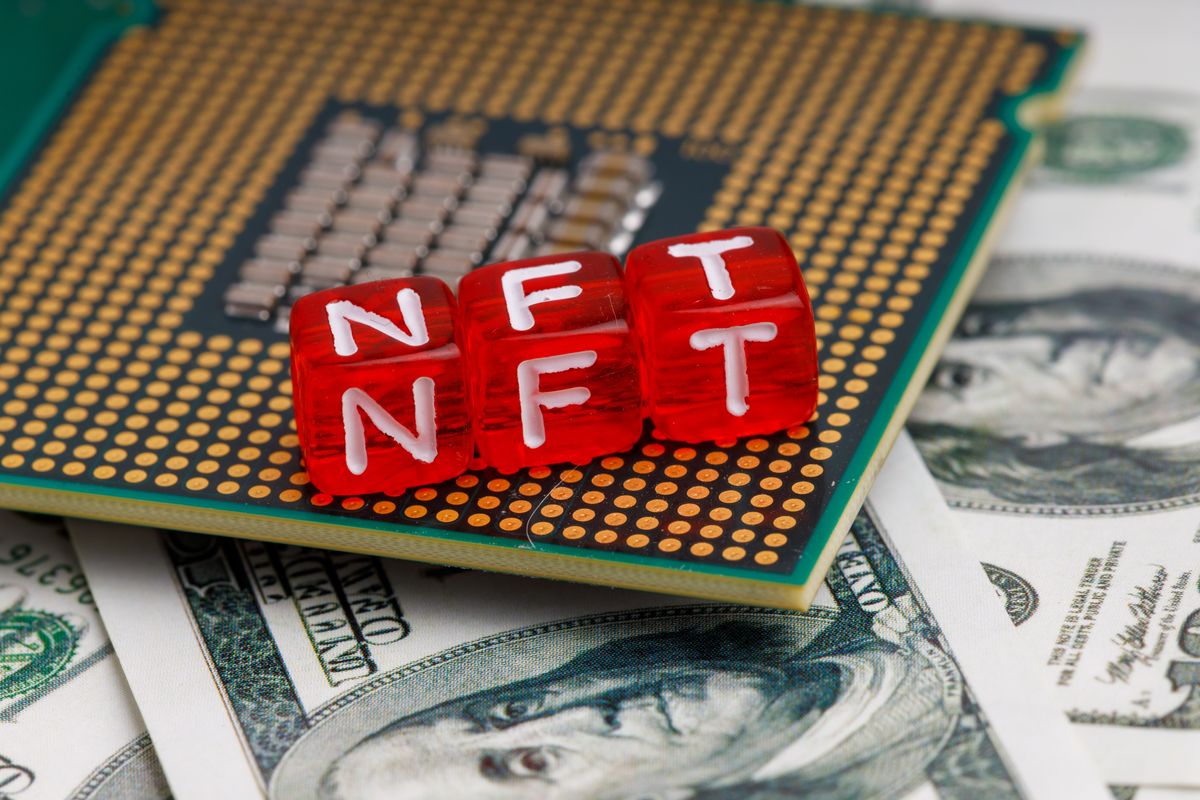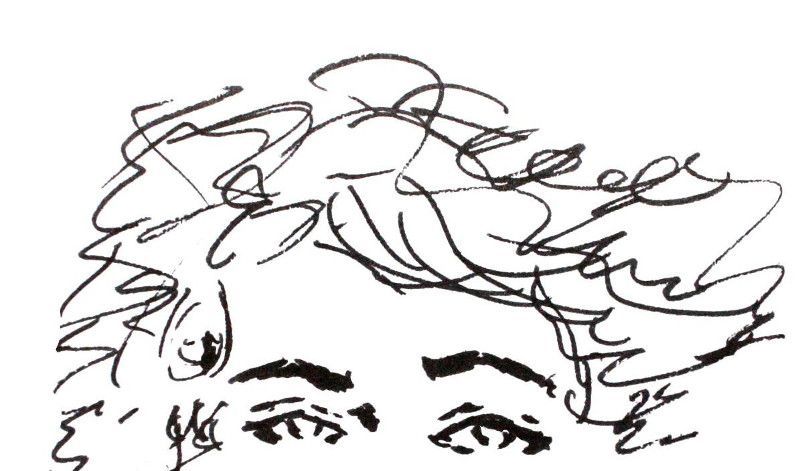Thoughts about NFTs

Now that the NFT trend faded, it's a good time to reflect on this technology. The hype around this new concept was probably exaggerated. Nevertheless, it's still a decentralized technology that has the potential to bring new usages.
So, I wandered in the NFT space for a year to understand why people find them exciting. In this blog post, I will describe what I discovered. I will tell you why it seems so obscure, what it is used for, and what it could be useful to.
NB: Don't look there for any trading tips. On my side, I didn't make any money from NFTs.
NFTs are not rational
To understand the excitement around this trend, you should not have a rational approach. Don't think of them necessarily as a tool or expect any utilities from them.
The first thing to understand is that they are a little bit like pieces of art. Owning an original painting doesn't make sense while it's easy to replicate. But, they have a market value because some people want to own the original. There are collectors, and as long as they are persons willing to get the same object, there is demand and thus people competing to get it.
NFTs get their market value from the same way. As soon as several buyers consider that they should own a digital picture tied to an unique blockchain entry, it's enough to bring the collector excitement.
The second thing to get is that it can be seen as a fashion object. It is something that reflects a part of the personality of the owner. It can show that you belong to a group or a movement. It's the same as wearing a specific brand, it makes sense only to people attracted by it. And, of course, it can show some social status. For instance, if you own a Crypto Punk, people know that you are rich.
Collections
Many NFTs are part of a collection made from 100 to 20 000 pieces. Collections are often similar character representations sharing traits randomly attributed. They are named as PFPs for Profile Pictures. They are used on social networks as avatars to show the belonging to a group.
The group of owners (holders) constitutes a community. They often meet on Discord, where some channels are public and others are exclusively accessible to the NFT holders. Some of the PFPs are rarer than others, they are more desired than the rest of the collection, which makes the collectible aspect stronger.
To strengthen the collector and the belonging aspects, the creators of the collection will animate the community and make sure it's fun to be part of it. They will create a story around the collection (the lore) and organize events around it (like new NFT airdrops, additional collections, upgrades, and more). They will eventually propose additional stuff like perks, trading insights, software access, revenue sharing from related tools, etc.
If you wrap up the whole thing, NFT collections behave like exclusive fashion brands. The creators are the stars of the collection. The ones that own many NFTs of the collection constitute the leaders of the group and have the biggest influence (everything is done to make them more visible). Then, come the rest of the NFT holders who react to all the news and dream of accumulating more PFPs from the collection.
There is a notion too of licensing. Depending on the collection, the owner of an NFT has all the rights to the picture he owns. But the licensing is still very fuzzy from a legal perspective. So I won't dig into it now.
Crowdfunding
The buying process of an NFT comes in two times:
- You can buy it from the mint phase where the creators sell all the collection NFTs at a fixed price.
- Then you have to trade it with holders on a marketplace (what is named secondary sales).
As you can easily understand, publishing an NFT collection is a great way to raise funds for creators. If you sell 10 000 NFTs for 0.05 ETH, it makes 500 ETH ~ 500 000$ at the moment I write this article. That's the equivalent of a startup seed round with a Venture Capitalist or a very big Kickstarter campaign.
Unfortunately for project makers, it's getting harder and harder to sell an NFT collection. Nevertheless, it can still be worth it for people caring a strong project behind it and ready for several months of marketing campaign.
Last but not least, marketplaces gave fees for every transaction happening on their platform. Which creates a regular income for any collections sustaining a hype around their project. The more the people traded the NFTs, the more the creators are rewarded.
NFTs marketplaces and trading
The buying process is simple, you connect to a marketplace with your crypto wallet. Then you can select which NFT you want to buy among the many collections. Once you select and click on the buy button, the marketplace asks for a wallet confirmation and the trade is stored on the blockchain. They often provide trading tools, like recent sales and statistics to help the buyers to take their decision.
To sell your NFTs, you can list them at the price you want and wait for someone to buy them. All the transactions will be stored on the related blockchain.
NFTs and gambling
As you can guess, product values with high volatility, hype, irrational utility, and good narratives lead to great conditions for abuses and addictive behaviors. Find here a few examples:
- A lot of collections are scams that have no project behind it. They lose all their value when the creators leave the project. So, once the mint phase (the fundraising) is done, it's common to see the initiators leave the project and keep the money without doing anything.
- Some influencers buy many NFTs from a collection, push it to their followers, and finally sell all their holdings.
- People with no trading knowledge trade on marketplaces where professionals and bots are acting. They do some winning trades that make them feel like they can do better next time. Then they try to win again until they lose everything.
- 99% of the projects fail. So even if you do strong analysis your investment will probably go to 0. And, good marketing of collections can make you believe you will be right the next time.
- Marketplace names sound a bit like casinos: Magic Eden, Hyperspace, OpenSea, etc.
These trading places should advertise more about the risk people face when tempted to trade their NFTs for money. They work very well and allow simple access to the collections. But they don't inform much users about the risk they take.
NFTs and utilities
Among NFTs projects, many of them provide utilities to their project. I'm going to list the following a few examples of what NFT holders get as rewards.
Revenue Share
Some NFTs are tied to software getting revenue from usage fees or subscriptions. In that case, the owner gets a reward share regularly.
Example: Helions a paywall app for websites will take a fee on every transaction and give a percentage to their NFT holders.
Music Events
Some music events offer concert tickets or give access to presales to random NFT owners.
Example: TomorrowLandNFT gave exclusive access to the NFT owners.
Application access
Another option is to give access to a specific SaaS software or to a subset of features.
Example: Portals a metaverse application
Tokens and staking
Many collections create a related token that can be earned by staking the related NFT or doing a specific action like running or sleeping. It's a tricky thing because it can quickly lead to a Ponzi scheme.
Example: Debonair a risky investment strategy website, Stepn
NFTs and established brands
Established brands could be interested too. Many of their services could be enhanced through NFTs like gamification, loyalty rewards, or proof of ownership.
It would allow them to improve their relationship with their community by allowing them to vote for certain decisions or give them exclusive access to particular services. In the same vein, any group could materialize their membership through it.
A path to a fair artist income
Despite the gambling drawbacks, an interesting impact is that it could solve the artist's remuneration problem. In the digital world, a picture or a song is reproducible indefinitely. So, there is no notion of ownership and it may be hard for artists to get an income for their work.
By bringing the notion of ownership to people interested in it, it could allow artists to sell their creations to some fans while still allowing all others to access it. It may sound optimistic, but I think there is something to interesting there.
To Conclude
NFTs are interesting technology evolving in the Wild Wild West. This new notion is an opportunity for many bad actors to take advantage of candid people.
Nevertheless, it's still something that allows settling a decentralized and transparent agreement between peers. It may be too a way to remunerate artists while accepting that their productions are reproduced by anyone.
Other cool usages would be:
- To centralize all our tickets (museums, concerts, transport, accommodations, restaurants, etc.) in a single wallet.
- Settle ownership contracts via an NFT.
- Have an NFT version of government files like your ID card.
- Provide goodies to gamify any kind of experience.
- Community incentives and governance.
Overall, I hope people with better intents will soon overtake the gambling usage plaguing the ecosystem. It will require that marketplaces be more regulated and that good actors implement strong projects based on NFTs. We would finally see useful features that may improve our daily life.
Photo de Andrey Metelev sur Unsplash
